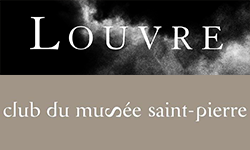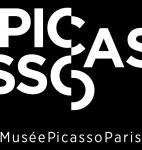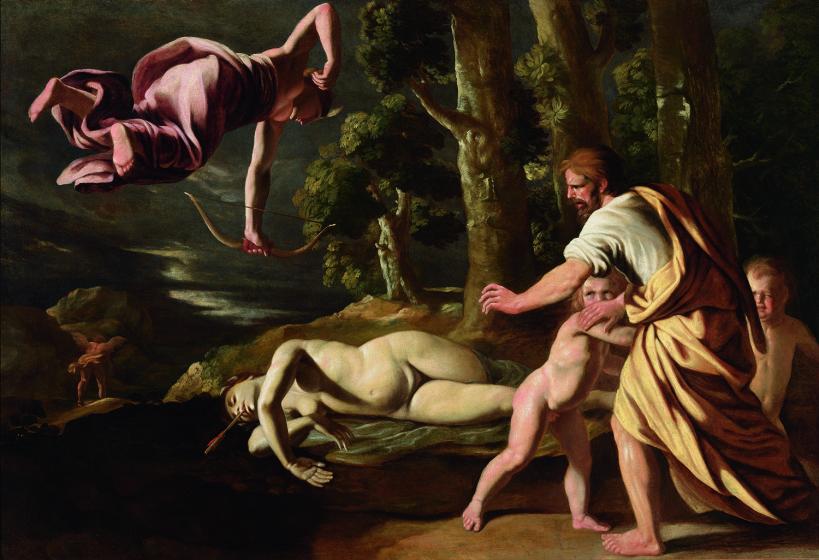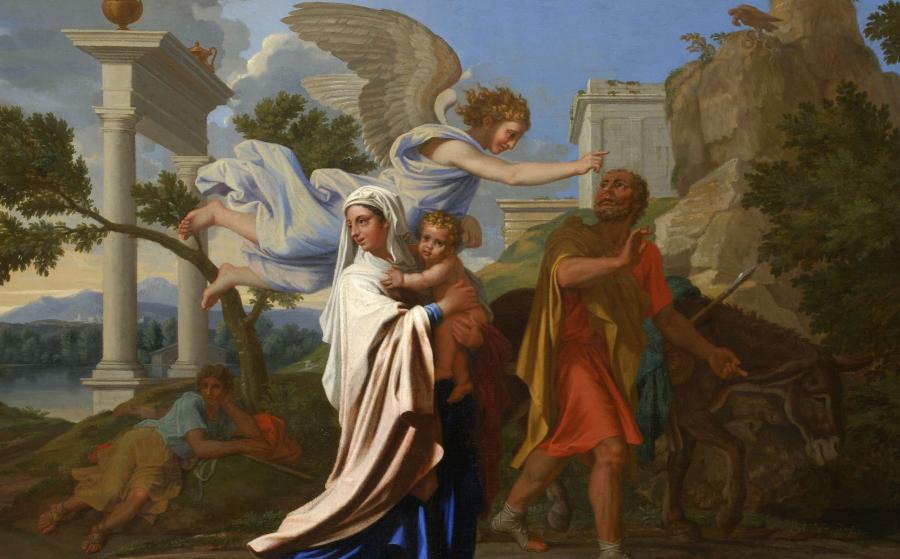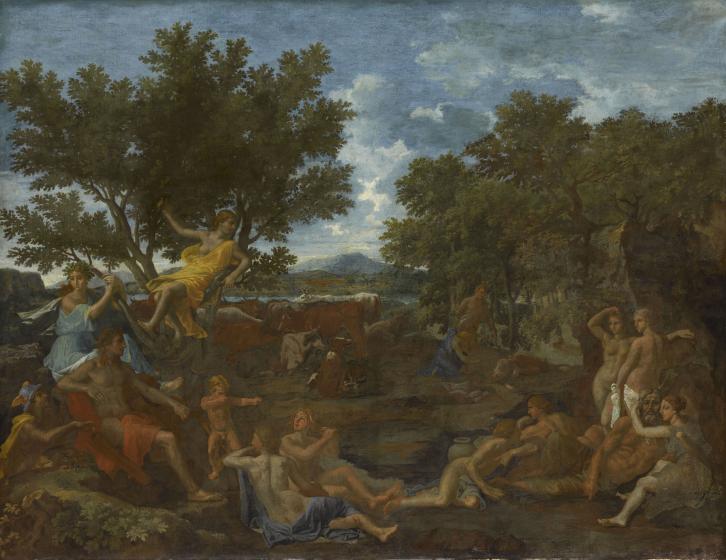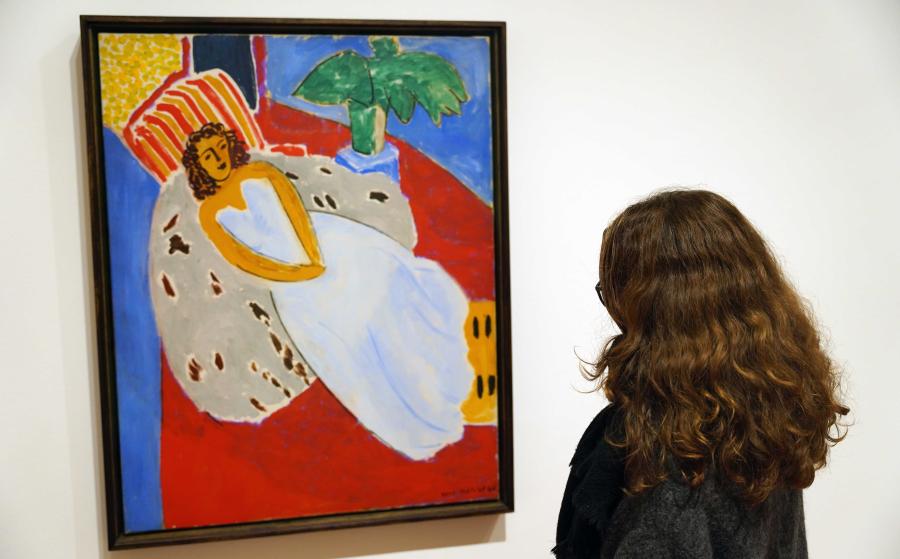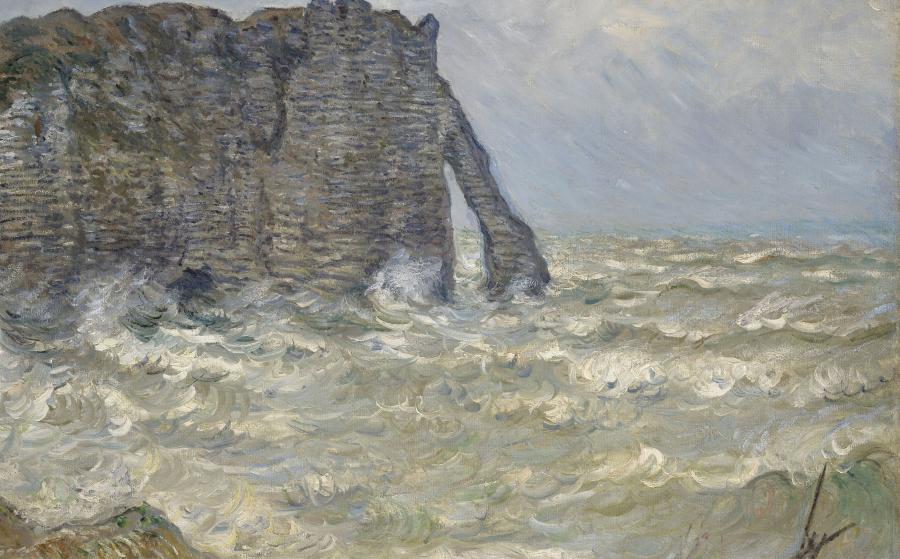The genius of Nicolas Poussin still has a few secrets to reveal. Poussin is an artist who has always been thought of as difficult, severe. He is the master of the classical French school, an archetypal painter-philosopher. Few people today know that he also gave himself over to the pure pleasure of painting, portraying some of the most sensual iconography, and that some of his paintings were deemed so erotic that they were defaced, cut up, even destroyed, from the 17th century onwards.
Through the theme of Love, which has rarely been so central to an artist's work, the museum aims to reveal this little-known side of Poussin: sensual, charming, seductive. The artist discovered Ovid before actually travelling to Rome, while under the influence of the audacious poet Giambattista Marino, in what would be a seminal encounter. Poussin then became famous for the Titianesque hedonism of his first Roman paintings, where the way Love takes control of men and gods alike is depicted in scenes taken from Ancient Greco-Roman myths. Love was a recurring theme and a constant source of inspiration for the artist right up until his final masterpieces, pictorial meditations on the wellspring of love's enduring power, as destructive as it is creative. A far cry from the austere image of the painter-philosopher which he showed to the public, the exhibition reveals a sensual, even erotic Poussin; a painter-poet who offers us a profound exploration of the universal and tragic power of love.
This exhibition dedicated to Poussin and love is an opportunity for the museum to give a prominent place to Nicolas Poussin's The Death of Chione, acquired in 2016, as it had been the case in 2008 with the exhibition about The flight to Egypt, a masterpiece acquired in 2007. Nicolas Poussin often stayed in Lyon and developed a large network of friendships and business connections which linked him to the city. This is how The Death of Chione came to be painted for Silvio I Reynon, a silk merchant from Lyon, during a visit to the city in around 1622. The exhibition is divided into five sections/parts, and displays around forty of Poussin's paintings and sketches. Two sections develop more specific focusses around a painting and a series of related sketches; the first around The Death of Chione from the museum’s collection, the second around Apollo in love with Daphne from the Louvre.
Curators
Nicolas Milovanovic, Conservateur en chef du Patrimoine, Département des Peintures, musée du Louvre
Mickaël Szanto, Maître de conférences, Sorbonne Université
Ludmila Virassamynaïken, Conservatrice en chef du Patrimoine, en charge des peintures et sculptures anciennes, musée des Beaux-Arts de Lyon
With the exceptional cooperation of the Louvre.
The Club du musée Saint-Pierre is the main sponsor of the exhibition. The Club du musée Saint-Pierre enabled the acquisition of The Death of Chione in 2016, since then exhibited in the museum's collections.
PICASSO / POUSSIN / BACCHANALIA
A thematic exhibition follows the Poussin and love show, examining the role Poussin's heritage played in the development of Picasso's erotic universe, inspired by Antiquity. Between the 19th and the 25th of August 1944, Picasso made a sketch and painted a gouache based on Nicolas Poussin's The Triumph of Pan (1636). Picasso's The Triumph of Pan from 1944 is part of a particularly fine body of work, full of pieces which explore the theme of pleasure and the excesses of Dionysian revelry.
This show is part of the official programme of the Picasso Celebration 1973–2023.
The exhibition was co-organized with the Picasso Museum – Paris
12€ - 7€ - free see conditions
The exhibition is open from wednesday to monday, from 10 am to 6 pm, and friday, from 10h30 am to 6 pm.
Closed Tuesday and national holidays.


